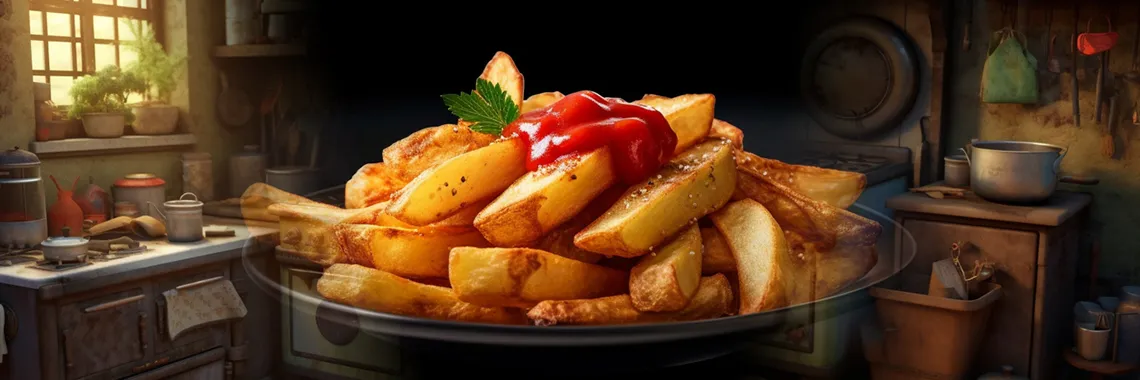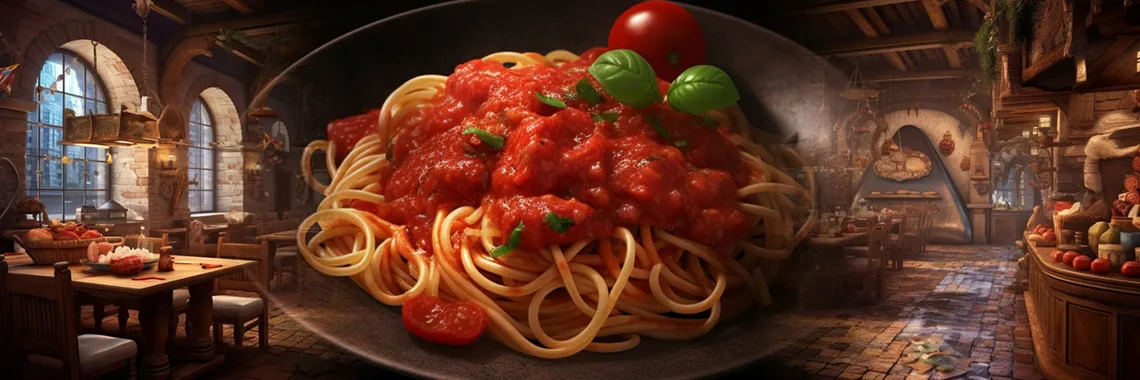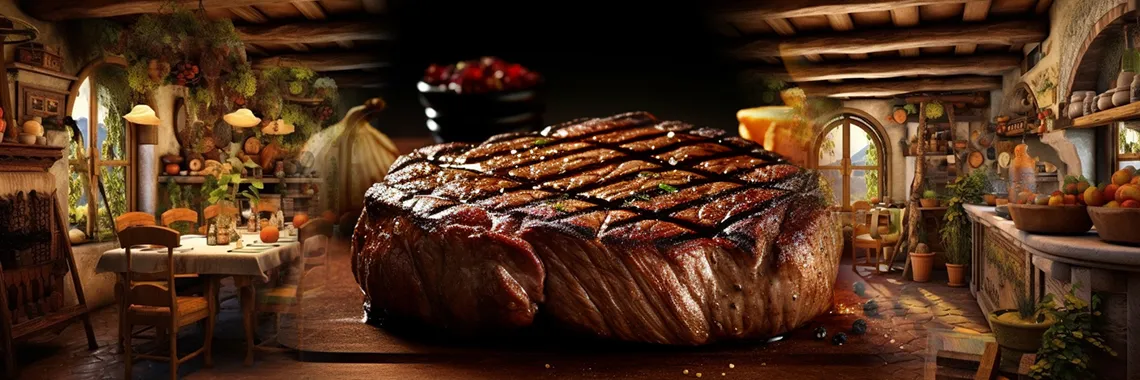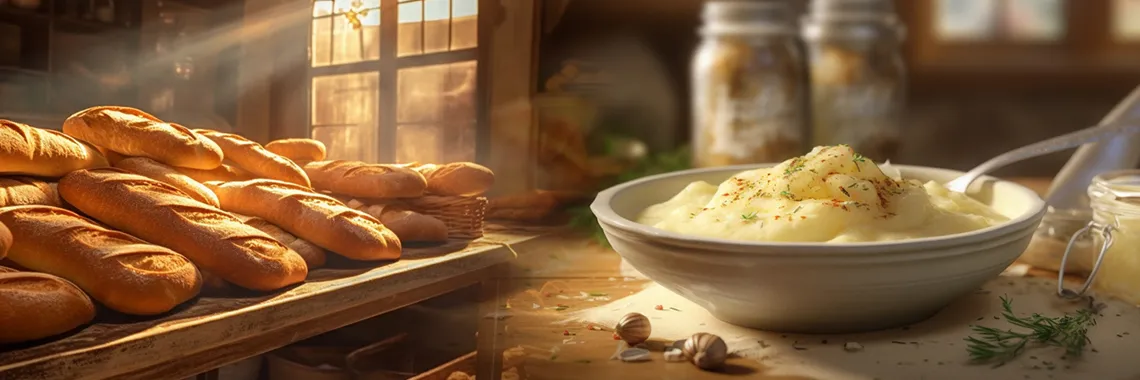Published:
Author: Antonio Maria Guerra
Italian Food Courses

The most typical Italian specialties and their food courses. The following articles explain their history and places, as well as provide a great number of information and curiosities. Let’s find out the most traditional restaurants and producers through which to savor the most authentic taste of these delicacies.
‘Appetizers’ include all those specialties that are usually served at the beginning of a meal. These specialties are generally quite light, since they are meant just to whet the appetite. Many of them can also be considered as ‘street food’. (read more)
The ‘first course’ starts the meal. This course belongs mainly to the Italian tradition and includes foods based on cereals (like pasta and risotto) and recipes made with vegetables and / or legumes (like soups and purees). (read more)
The ‘main course’ is, as its name implies, the true heart of the meal. This course includes specialties of different complexity, mainly based on meat, fish or eggs. Specialties like, for example, roasts, stews, omelets. etc. (read more)
‘Side dishes’ are meant to accompany the second course. This course includes both cooked and raw dishes. Specialties usually quite light, often served in small portions. They are prepared in many different ways, using vegetables, legumes, mushrooms, potatoes, etc. (read more)
The ‘dessert’ is the last course, including many different specialties, related to each other for the high sugar content. Specialties like cakes, pastries and ice-creams, biscuits, chocolates, etc. (read more)
Nowadays the use of cream in the preparation of Carbonara pasta is considered a kind of heresy by many fans of this specialty.
Read more
However, it should be remembered that, until the eighties, before the ‘canonization’ of the recipe, renowned chefs such as Gualtiero Marchesi, gourmets such as Luigi Veronelli and even many famous Romans, suggested to use this ‘forbidden ingredient’ to increase creaminess. (read more)


The ‘buffet’, the system in which diners get the food by themselves from a table specifically laid, derives its name from a historical figure: Pierre Buffet.
Read more
He was the cook working for Francis I, king of France who invented a particular type of trunk, a sort of ‘mobile cupboard’: at any time this could be opened, making immediately and easily available to the sovereign everything he needed (food, drinks, dishes and cutlery) to feed himself.
Copyright information.
The images displayed in this page belong to WebFoodCulture, with the exception of:
Public Domain images
- The Buffet, Jean-Louis Forain, 1884 (Wikipedia Link) {PD-Art} {PD-US}
Please open wikipedia links by right clicking on them > ‘Open Link in New Tab’;






